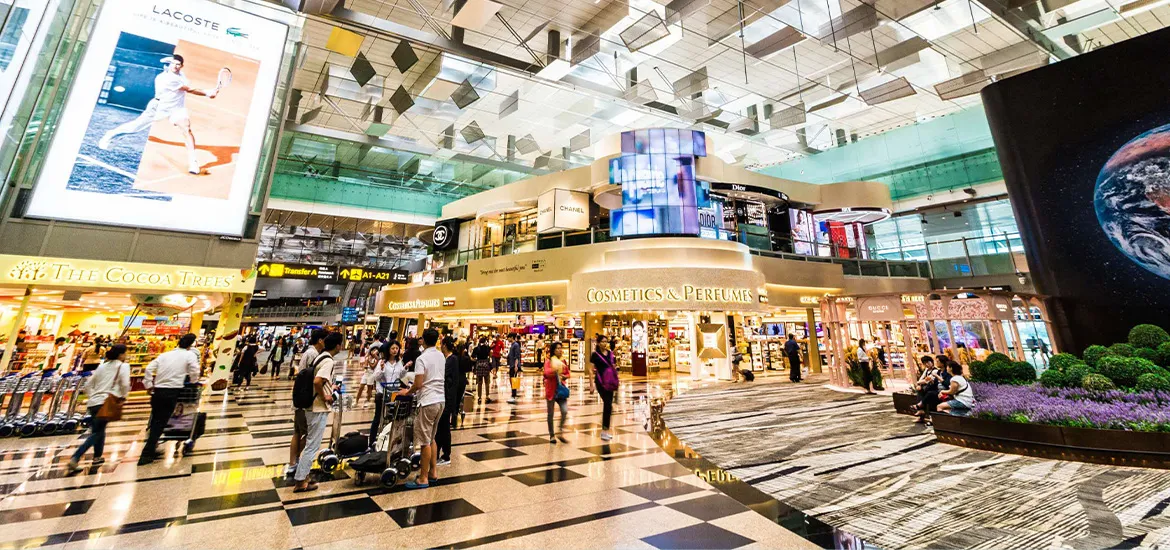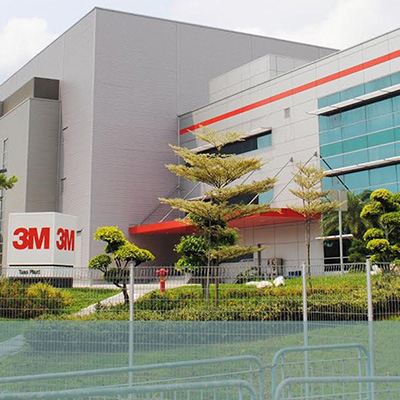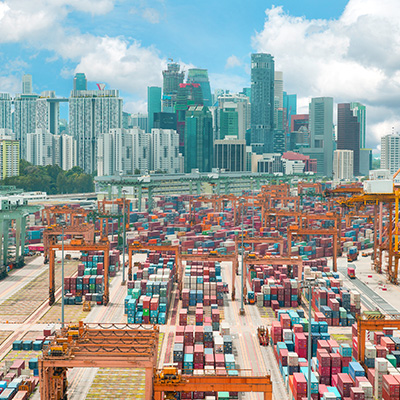Consumer behaviour in Asia-Pacific’s travel retail sector is evolving. Growing demand for unique and exclusive products from travellers across APAC markets is compelling consumer brands to adapt their strategies to drive sales.
It’s a result of consumers becoming savvier travellers desiring unique experiences, resulting in them investing more time in planning their trip and purchases. They also have higher expectations of the retail experience, making purchase decisions in favour of brands that offer personalised and differentiated experiences.
Travellers in the region are also more likely to take advantage of duty-free prices and attractive — and often, exclusive — product bundling to make purchases for themselves or others.
To this end, Fortune Business Insights notes that the global travel retail market was valued at S$81.44 billion (US$60.72b) in 2023. And this is forecasted to more than double in size to reach a market potential of S$197.2b (US$145.46b) by 2030. As a result, consumer companies are taking notice, restructuring their operations to capture a larger market share in the APAC region.
On May 13, businesses and thought leaders from the world of travel retail will convene in Singapore for the annual Tax Free World Association (TFWA) Asia Pacific Exhibition and Conference to discuss trends shaping travel retail and new opportunities that it presents. In the lead up to the summit, here’s a look at why Singapore is an ideal launchpad for travel retail success in APAC.
1. APAC WILL CONTINUE TO DRIVE TRAVEL RETAIL GROWTH
APAC continues to be the largest travel retail market by region – accounting for approximately 40 per cent of global market share by revenue.
- China is expected to remain the largest travel retail market through to 2030 and will continue to be a priority market for many brands.
- India is also expected to grow in importance over the medium to long term as more Indians join the ranks of the country’s growing middle class.
- Southeast Asian markets also present significant growth opportunities, with brands looking to capitalise on growth in new markets including Thailand and Vietnam.
Other drivers shaping APAC’s travel retail landscape include:
- New airports/air routes – over 300 new airports are expected to be built over the next two decades, with 57 per cent of these situated in APAC, 18 per cent in South Asia and 17 per cent to be established in Southeast Asia.
- A burgeoning middle class with greater spending power and aspirations to travel – six of the top 10 countries with highest contribution to absolute passenger air traffic growth from now through to 2040 are from Asia Pacific – #1 China (21%), #3 India (9%), #4 Indonesia (5%), #6 Vietnam (3%), #8 Thailand (2%), #10 Japan (2%)2. These six markets alone will cumulatively add 4.35 billion new (non-unique) passengers by 2041.
2. CONSUMER COMPANIES ARE INNOVATING TO GROW THEIR APAC TRAVEL RETAIL PRESENCE
Besides entering new markets and expanding, brands and retailers are also embarking on innovation to appeal to travellers in new and impactful ways:
Brands are pursuing product differentiation to incentivise purchase behaviour. This can take the form of novel packaging or exclusive gift with purchase. They are also turning to the provision of differentiated retail experiences to build brand awareness and resonance.
This two-pronged strategy was undertaken by Moet Hennessy’s APAC Travel Retail team based in Singapore. Embracing the Chinese New Year season in early 2024, the team collaborated with Changi Airport Group and Lotte Duty Free to setup a limited time pop-up retail space adorned with the motif of a majestic white dragon, weaving its way through the retail space entrances3.
Central to this immersive pop-up is the 'Senses of Hennessy' experience, the first-of-its-kind at an airport. This 360-degree sensorial journey engages guests through sensory films, captivating visuals, enticing aromas, and enveloping sound waves.
The brand’s exclusive Chinese New Year Hennessy Paradis cognac collection featured designs inspired by Chinese artist Yang Yongliang's digital art piece, Dragon’s Odyssey4.








